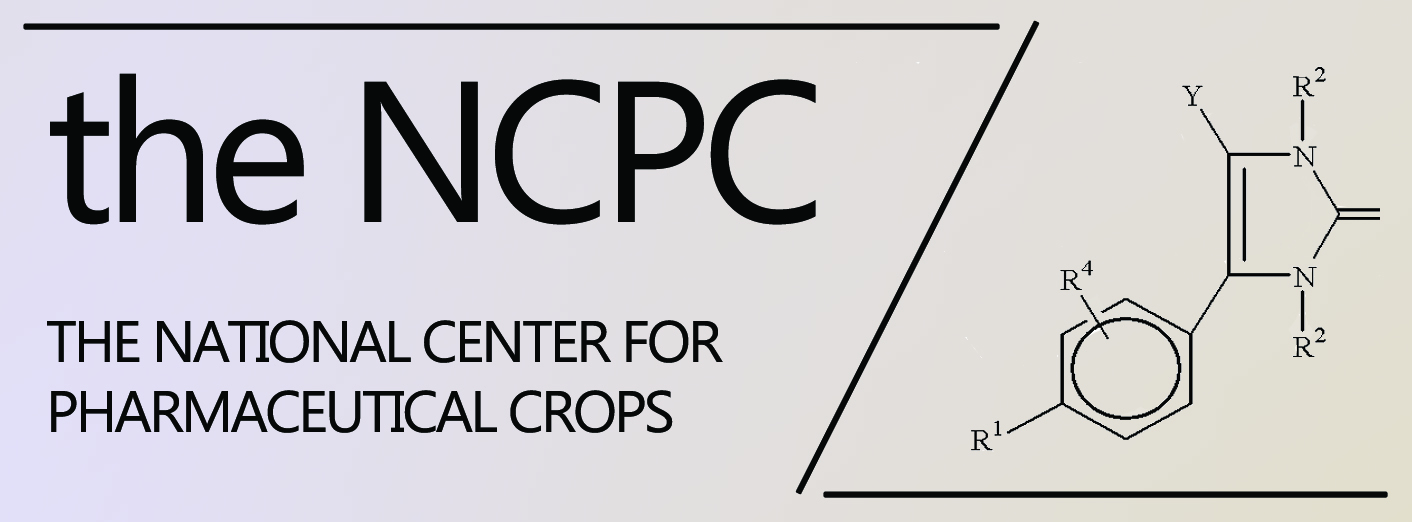
Document Type
Article
Publication Date
2014
Abstract
Inducible chemical defenses of plants have received much attention in the last three decades, and these defenses often involve trichomes. It is known that some plant secondary metabolites may accumulate in trichomes which can protect plants from damage by herbivores. However, studies on plant trichomes are largely limited to some major vegetable or cash crops and model species with large glandular trichomes (e.g., Nictotiana and Arabidopsis). In fact, the existing studies on the effect of damage (pruning or defoliation) on trichome density or chemical production in plants are partial and even contradictory. Management strategies to maximize chemical induction in medicinal plants or pharmaceutical crops have not been developed well. Our experiments showed that camptothecins (CPTs) are primarily accumulated in glandular trichomes in Camptotheca. We found that pruning, particularly decapitation pruning (T-pruning) can effectively induce contents and derivatization of CPTs in Camptotheca, and the leveled CPTs caused induced endogenous autotoxicity (abnormal morphogenesis) in the plants. Auxin reduction is a trigging factor for such induced biosynthesis and endogenous autotoxicity. Because trichomes are visible to the naked eye and can be much more easily targeted and measured than CPTs, the term “Trichome Management” is used for strategy development to induce CPTs in Camptotheca.
Repository Citation
Li, Shiyou; Zhang, Zhizhen; Wang, Ping; and Yuan, Wei, "Trichome Management to Enhance Camptothecins in Camptotheca Decaisne" (2014). NCPC Publications and Patents. 49.
https://scholarworks.sfasu.edu/ncpc_articles/49



Comments
Originally published open access in Pharmaceutical Crops (2014) 5(Suppl 2: M8) 146-162
2210-2906/14 2014 Bentham Open